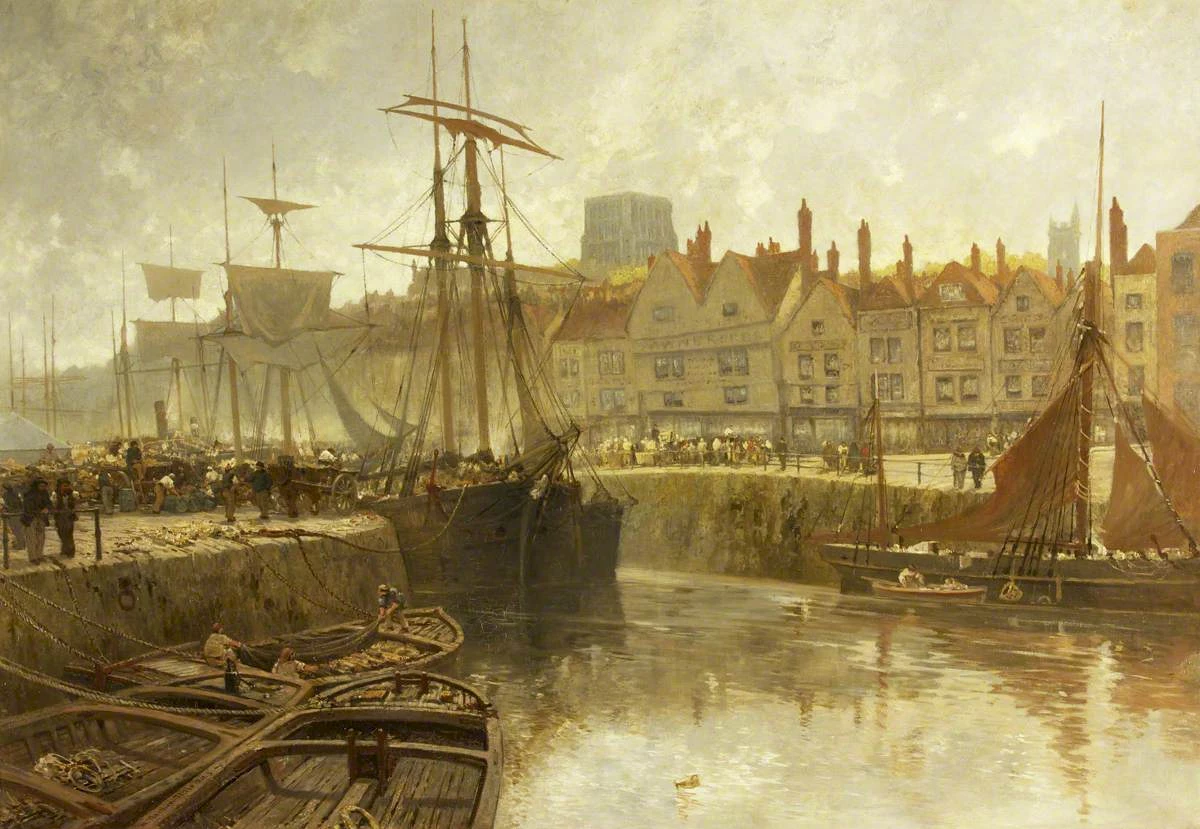
Bristol's Sailor Quarter
Marine missions and charities in relation to Bristol's floating harbour
Port of Bristol
Between 1801 and 1914, the Port of Bristol, located in Bristol and nearby Avonmouth, was a thriving site of shipbuilding and commerce, particularly benefitting from the engineering efforts of Isambard Kingdom Brunel.
Between 1801 and 1914, the Port of Bristol, located in Bristol and nearby Avonmouth, was a thriving site of shipbuilding and commerce, particularly benefitting from the engineering efforts of Isambard Kingdom Brunel. In this period, and at the height of the British Empire, the port saw travel between and trade with the Americas, Oceania, Africa, India, China, and many other parts of the world. As shipping moved towards steam from the Age of Sail, Bristol was the home of the trailblazing steamships the SS Great Western and SS Great Britain.
Bristol has a long history as a centre of shipping. From its beginnings as an inland port on the river Avon in the medieval period, Bristol became a hub of maritime activity. In the 15th century, it would become not only a site of trade with Wales, Ireland, and continental Europe, but also a starting place for voyages to the Americas. Following this, the city's notoriously prominent role in the transatlantic slave trade had its peak in the early 18th century.
The Floating Harbour, Bristol Charles Parsons Knight (1829–1897) Bristol Museum & Art Gallery.
Freya Malhi, 'Port of Bristol' Mariners: Race, Religion and Empire in British Ports 1801-1914, https://mar.ine.rs/where/bristol/
Retrieved 19 May 2024
Timeline Filter
Where Filter
Who Filter
What Filter

























